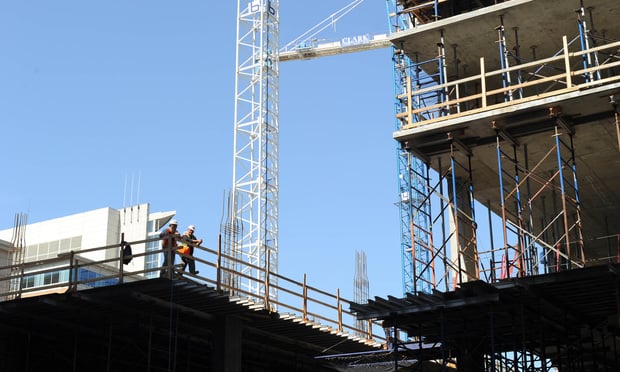As energy costs approach record levels, townsand municipalities are striving to establish standards and increasetheir sustainability profile. Currently, there is no lack ofconfusion on how best to make buildingsenergy-efficient and sustainableusing regulatory approaches. With a plethora of checklists andrating systems (and a lot of debate as to what approach is trulyeffective) it is imperative that local governments have a credible,enforceable and adoptable code in place. It is through theeffective application and enforcement of standardized codes thatthe most meaningful improvements to the health, safety and welfareof the public have been achieved.
(For more on sustainability and best practices in the builtspace, read Better Buildings, appearing quarterlyin Real Estate Forum.)
That’s why the International Green ConstructionCode, which was finalized and issued in late March by theInternational Code Council, the leadingcode-authoring organization in cooperation with theAmerican Institute of Architects and theAmerican Society for Testing and Materials is soimportant. The product of a public process including commentperiods and hearings throughout 2010 and 2011, the IgCC, otherwiseknown as the Green Code, is the first real attempt to codify anenforceable standard for how to achieve energy savings in thebiggest consumers of energy in the United States:commercial buildings.
Continue Reading for Free
Register and gain access to:
- Breaking commercial real estate news and analysis, on-site and via our newsletters and custom alerts
- Educational webcasts, white papers, and ebooks from industry thought leaders
- Critical coverage of the property casualty insurance and financial advisory markets on our other ALM sites, PropertyCasualty360 and ThinkAdvisor
*May exclude premium content
Already have an account?
Sign In Now
© 2024 ALM Global, LLC, All Rights Reserved. Request academic re-use from www.copyright.com. All other uses, submit a request to [email protected]. For more information visit Asset & Logo Licensing.








